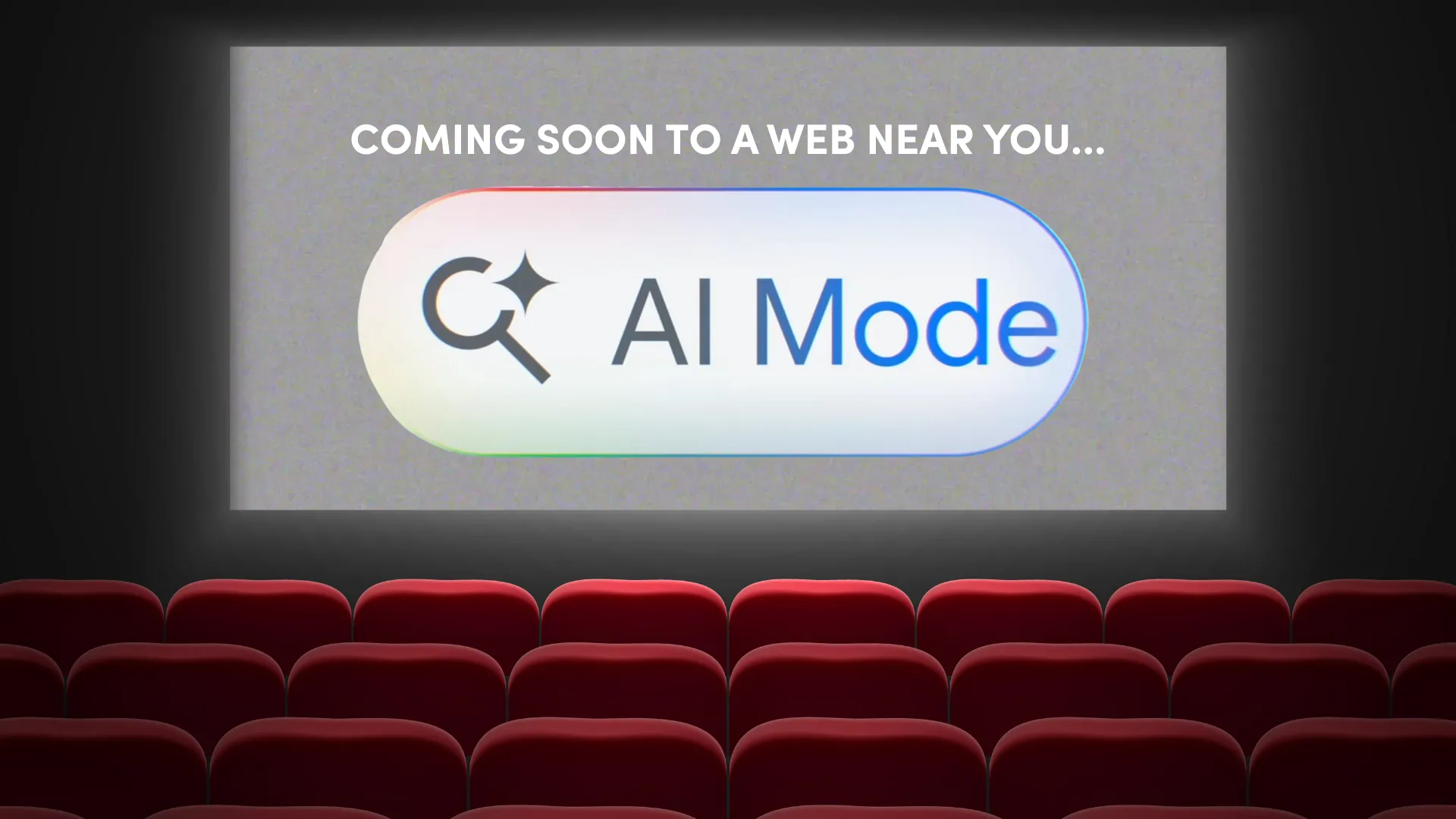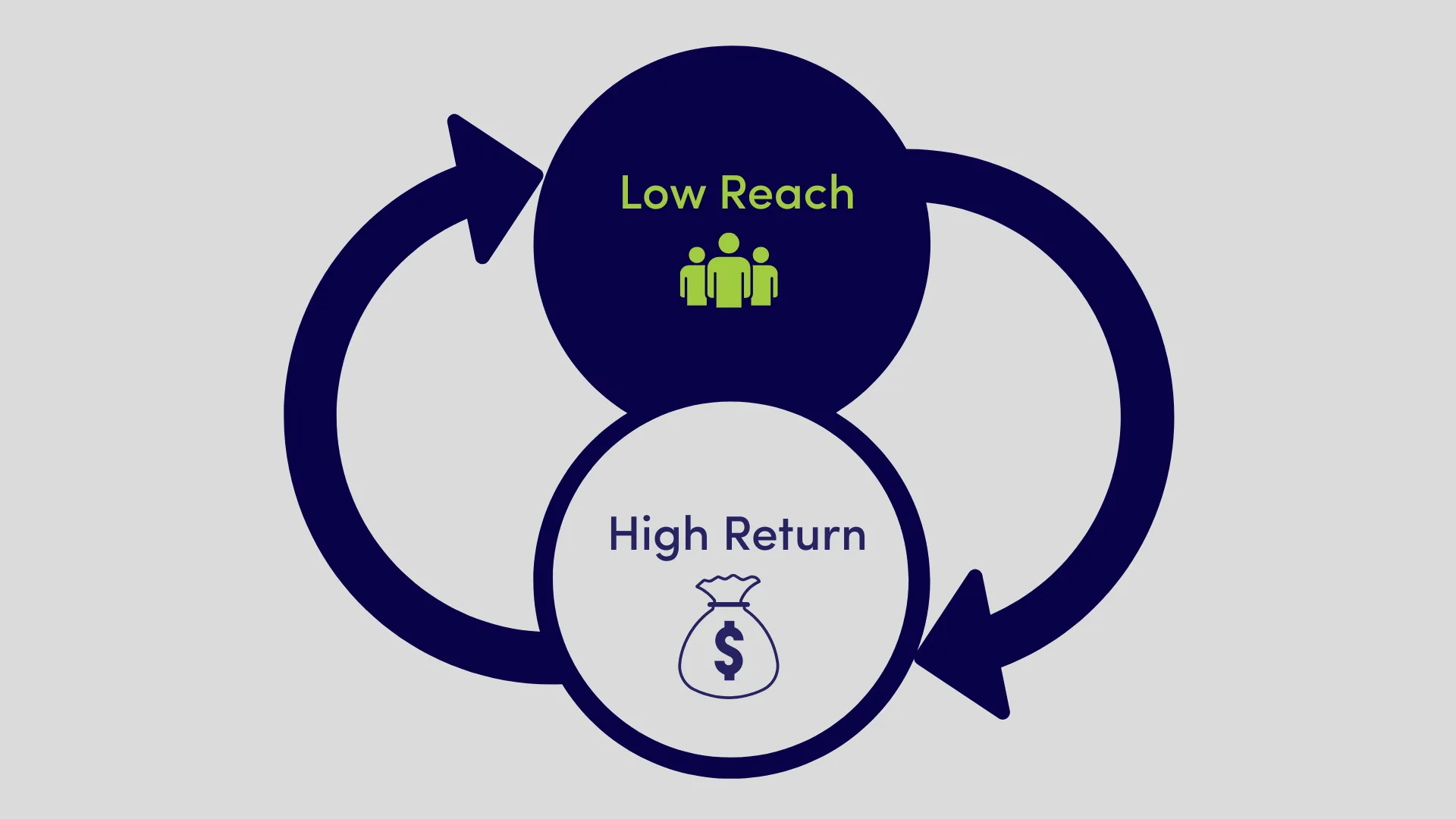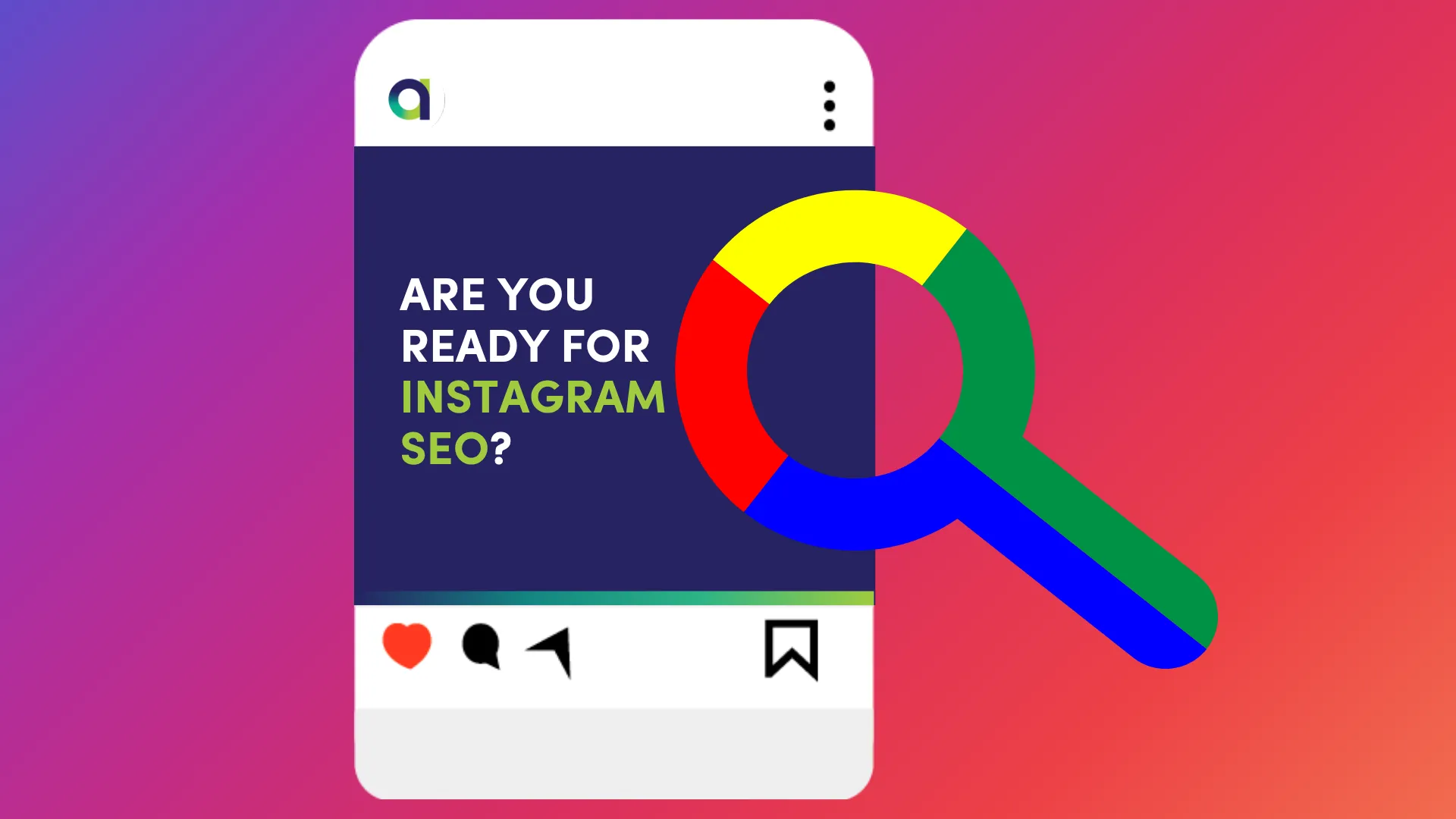We all know the 5-second rule – the amount of time a piece of food can be on the ground and still safe to eat – but do you know about the 5-second marketing rule? Your website has 5-seconds to capture your visitor’s attention before they hit the back button. If your website is attracting a large number of visitors with poor return, read on!
Think of your website as a first impression. If it doesn’t leave a good mark, your visitors will go straight back to the search results to find something better. How many times have you landed on a website and immediately thought, “Nup, this isn’t for me”? Ask yourself, why was that so? Was the website disorganised? Was there content overload? Did it not load properly? These are the things you need to consider with your own website to ensure the best possible user experience.
When a visitor first visits your website, they won’t be reading your content. They’ll be giving it a quick scan to make a judgement call on whether to stay or go. So, how can you make those first few seconds count?

1. Website Speed
If your website takes too long to load, it’s likely your customer will give up and hit the back button. People have short attention spans and they won’t want to sit around and wait for each webpage to load when they can find their answer quicker somewhere else.
A fast loading time is also beneficial for SEO. The faster your site loads, the more Google will reward you for it. Check out Google PageSpeed or CloudFlare to assess your website’s performance.
2. Mobile Friendliness
As more and more people access the web via their smartphones over desktop, it’s never been more important to have a website that is optimised for both mobile and tablet. The vast difference in screen sizes and browsers can limit certain website features. Test the functionality of your website across multiple devices and browsers to ensure your visitors have a pleasant experience.
Mobile responsiveness also earns you brownie points from search engines.
3. KISS – Keep It Simple, Stupid
That’s probably a phrase you haven’t heard of since your schooling days, but it rings true with your website. Remember the short attention spans we mentioned earlier? Today’s consumers demand content to be presented in simplistic formats. Make sure your brand identity and mission is presented in a reader-friendly format so they can understand who you are and what you do after a quick scan of your homepage.

4. Navigation
A menu that’s difficult to access, complex or inconsistent will make your reader confused, helpless and maybe even a bit angry. Review your website’s navigation and customer journey to ensure it’s easy for them to find the information they need.

5. Has It Got The Right Features?
Does your website solve your reader’s needs effectively? For example, a customer might have landed on your website to find a particular product. They know exactly what they’re looking for but don’t want to scroll past countless other items to find it. A filtering tool enables them to narrow down their search and find the thing that they need faster.
6. Authenticy
Have you ever landed on a website riddled with stock photography showing the most cliche scenarios, i.e. handshaking in suits? It makes you question the authenticity of the business and can give off the ‘scammy vibes’. The images on your site must accurately reflect who you are and what you do. Content production is an investment that goes a long way. It builds trust, credibility and association with your consumer.

7. Accessibility
Colour and playful fonts can look great on creative artworks, but they don’t always present well on your website. Your website visitors will be coming from all sorts of different devices and platforms that won’t always render your funky fonts and vibrant colours the way you want them to present. Avoid being unnecessarily elaborate and KISS. Use web-friendly fonts and colours that contrast well between background and text so it’s easy to read no matter where you’re looking from.
If your website is in need of an audit, the Aston Digital team is here to help. Get in touch to arrange a call to discuss your website management and search engine optimisation needs.

Google has started rolling out its brand-new AI Mode in countries like the United States, India, Canada and even New Zealand - but not yet in Australia. [...]

For years, Search Engine Optimisation (SEO) was the golden rule of digital marketing. Optimise keywords. Earn backlinks. Climb the rankings. But the way people find answers is [...]

A billion searches were made on ChatGPT last week alone. Now, OpenAI is turning those queries into a powerful new retail experience. ChatGPT recently launched its AI [...]

Google’s AI Overviews are reshaping search by pulling answers from the places people are actually talking: Reddit, YouTube, Quora and other community-driven platforms. According to new data [...]

Google has started rolling out its brand-new AI Mode in countries like the United States, India, Canada and even New Zealand - but not yet in Australia. [...]

For years, Search Engine Optimisation (SEO) was the golden rule of digital marketing. Optimise keywords. Earn backlinks. Climb the rankings. But the way people find answers is [...]

When you see a paid ad, nine times out of ten, you're probably not clicking on it. Instead, you'll likely hop over to Google, search the brand [...]

In digital advertising, audience targeting has always been both an art and a science. But what if the science just got smarter - a lot smarter? We’ve [...]

With attention spans getting shorter and competition fiercer, brands are constantly searching for that magic formula to stand out. But the answer isn’t always a bold campaign [...]

A billion searches were made on ChatGPT last week alone. Now, OpenAI is turning those queries into a powerful new retail experience. ChatGPT recently launched its AI [...]

Google’s AI Overviews are reshaping search by pulling answers from the places people are actually talking: Reddit, YouTube, Quora and other community-driven platforms. According to new data [...]

We recently posted a simple promotion on a client’s social media account. It was about a niche product - nothing flashy, not designed to go viral, just [...]

Starting July 10, 2025, public posts from professional Instagram accounts will start appearing in Google search results. That means your photos, Reels and videos could soon show [...]

One of the most common concerns we hear from clients is: “I feel like we’re repeating ourselves too much.” They worry that saying the same message more [...]

